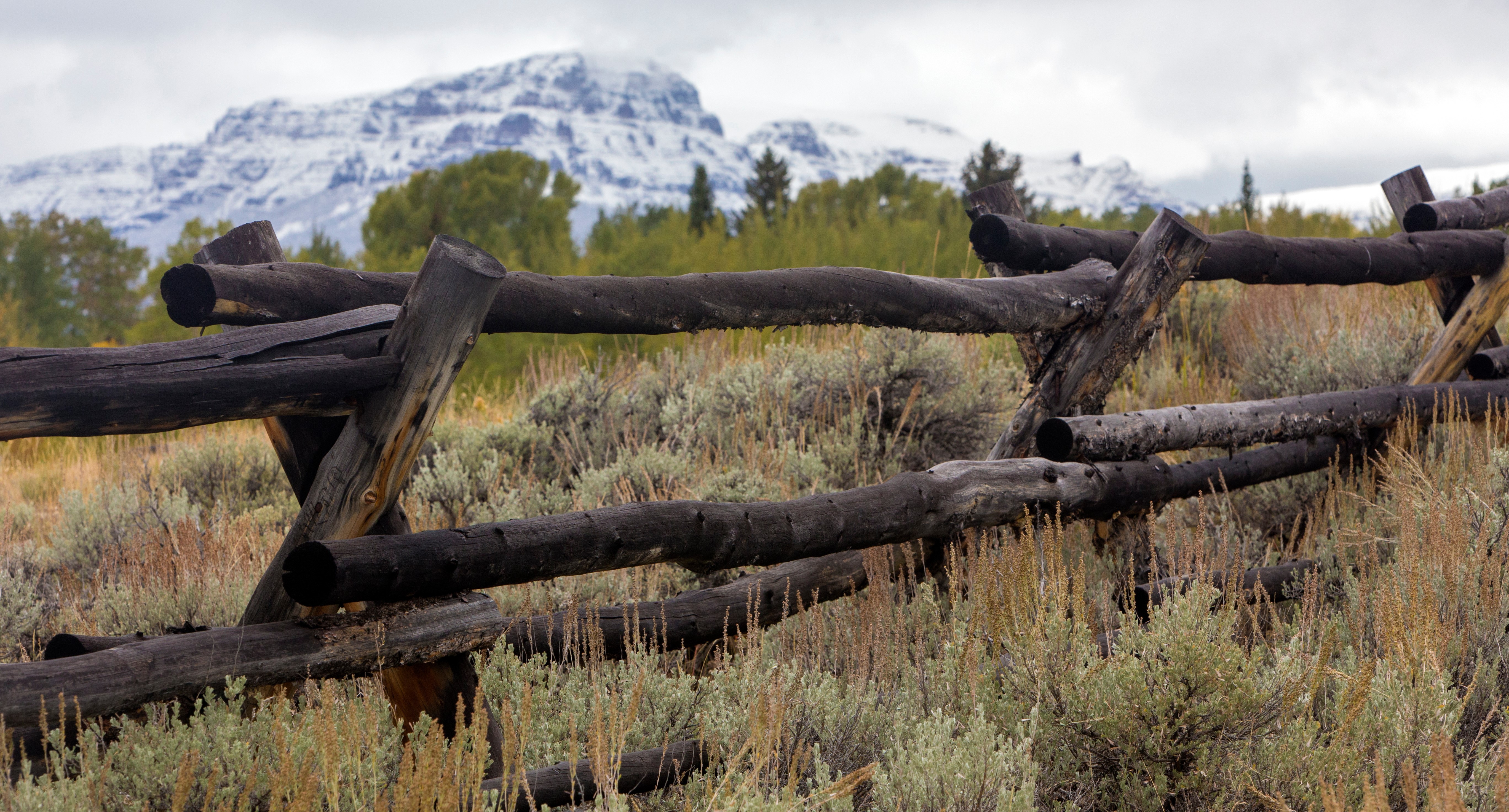Wild horses and burros are non-native animals, protected by the Wild Free-Roaming Horses and Burros Act (WHB Act). The proper management of these animals on federal land affects many ranchers across the West, as overpopulated herds cause resource damage, property damage, and experience animal welfare crises.
The Bureau of Land Management (BLM) is tasked with managing the majority of horses and burros on federal land. The U.S. Forest Service also manages horses in specific areas. Both agencies have gone through a scientific evaluation based on number of acres specifically set aside for horses and burros, the forage and water available on those lands, and other factors like wildlife needs, to determine the Appropriate Management Level (AML) on federal lands.
AML for federal lands is 26,700 animals. As of 2024, populations are more than 275% of AML, which means that nearly triple the number of animals are living on resources that were intended to support less than a third of the current population. This overpopulation affects endangered species such as steelhead, species like the Greater Sage-Grouse, and even other horses. In some areas, horses themselves are suffering from starvation and dehydration. Ranchers bring these horses water and assist the agencies where they can, but Congressional action is crucial.
Over time, BLM and the Forest Service’s ability to manage these animals has been eroded. The agencies now rely on off-range holding, gathers that are often subject to frivolous litigation, and sustained congressional objections to key management tools.
PLC works with the National Horse and Burro Rangeland Management Coalition and the Path Forward group to find lasting solutions to the agencies budget and management hurdles.
PLC Recommendations
Support ongoing appropriations investments in the agencies’ wild horse and burro programs. Additional funding is crucial to allow the agencies to maintain an aggressive gather schedule to remove horses from the range to achieve AML and reduce resource damage.
Oppose any efforts to further limit BLM and Forest Service’s ability to manage horses and transport them to off-range holding. Activists continue to seek new, harmful ways to limit agencies’ ability to manage horses. Several bills have sought prohibitions on trailering horses and burros, limitations on the agencies’ ability to put horses up for adoption or sale, and even limitations on the number of horses than can be gathered from the range. PLC opposes each of these efforts, knowing that more tools to manage a crisis make the effort more successful.
Support agency efforts to use an all of the above approach. Due to prior limitation of administrative tools, BLM and Forest Service must successfully apply gathers, fertility control (both temporary and permanent), off-range holding agreements, adoption, and sale strategies in order to be successful.
Agencies should simplify adoption practices to encourage private care for animals.
Allow for full-title sale of horses to private owners and reject calls for exceptional conditions attached to sale.
Reject calls to convert livestock grazing allotments or private pasture for horses. The wild horse and burro crisis is a result of activism, not conflict on the range. For decades, ranchers and rural residents managed horse and burro herds successfully. It was only when federal legislation created a carveout for horses that the overpopulated herds began to create conflicts and damage lands and waters. This crisis pits horses against biodiversity, not other uses.
